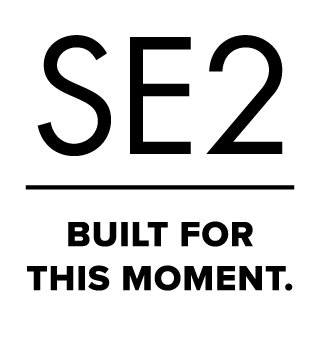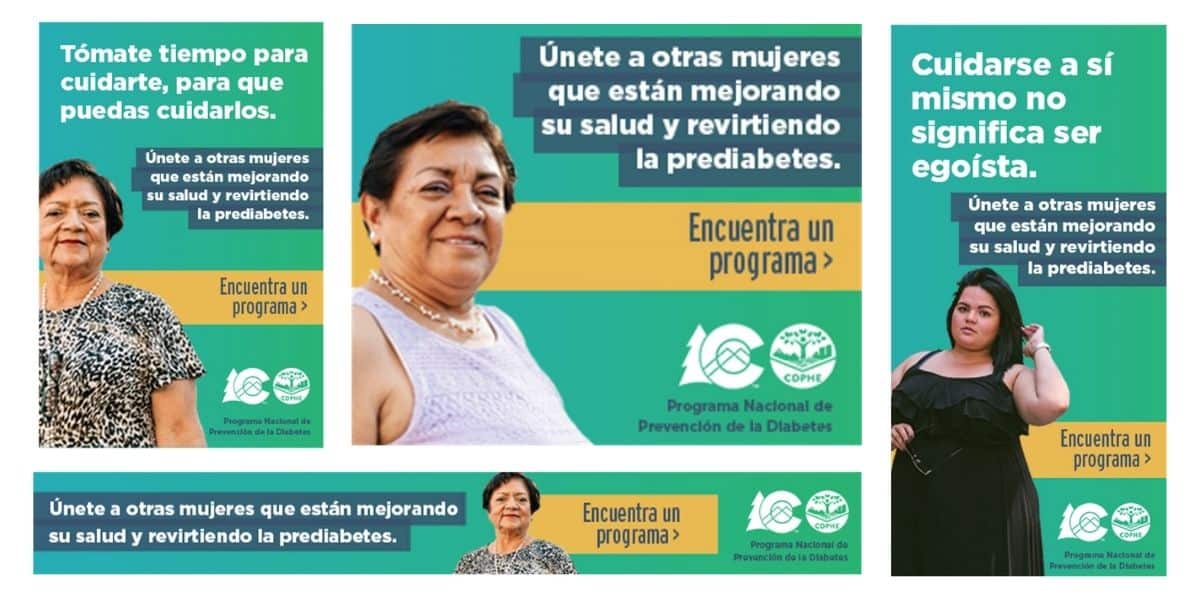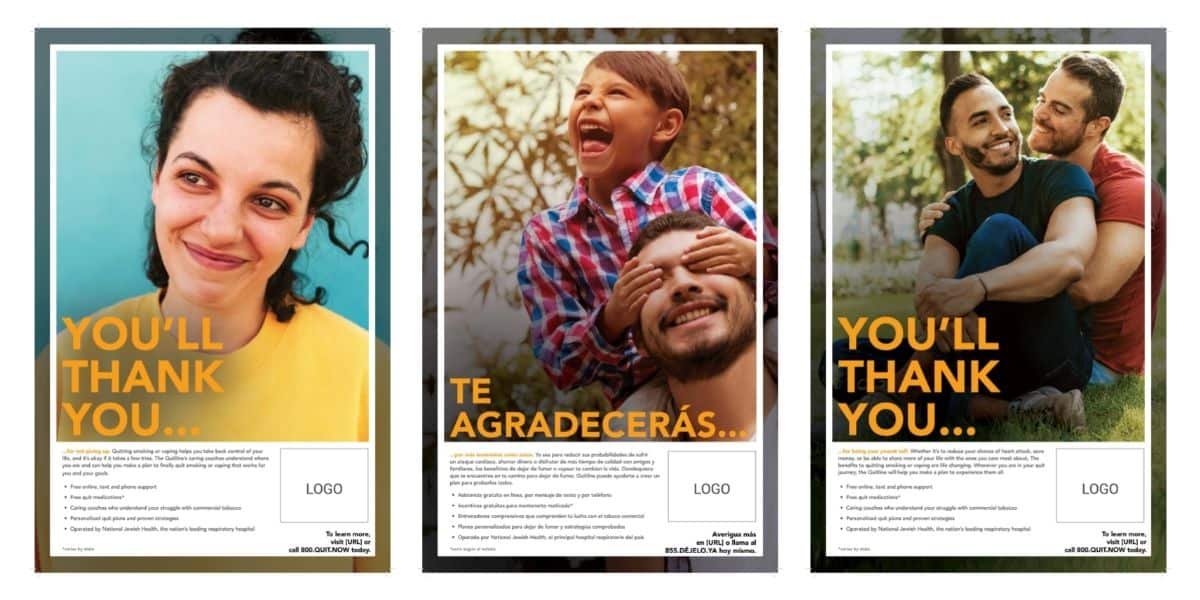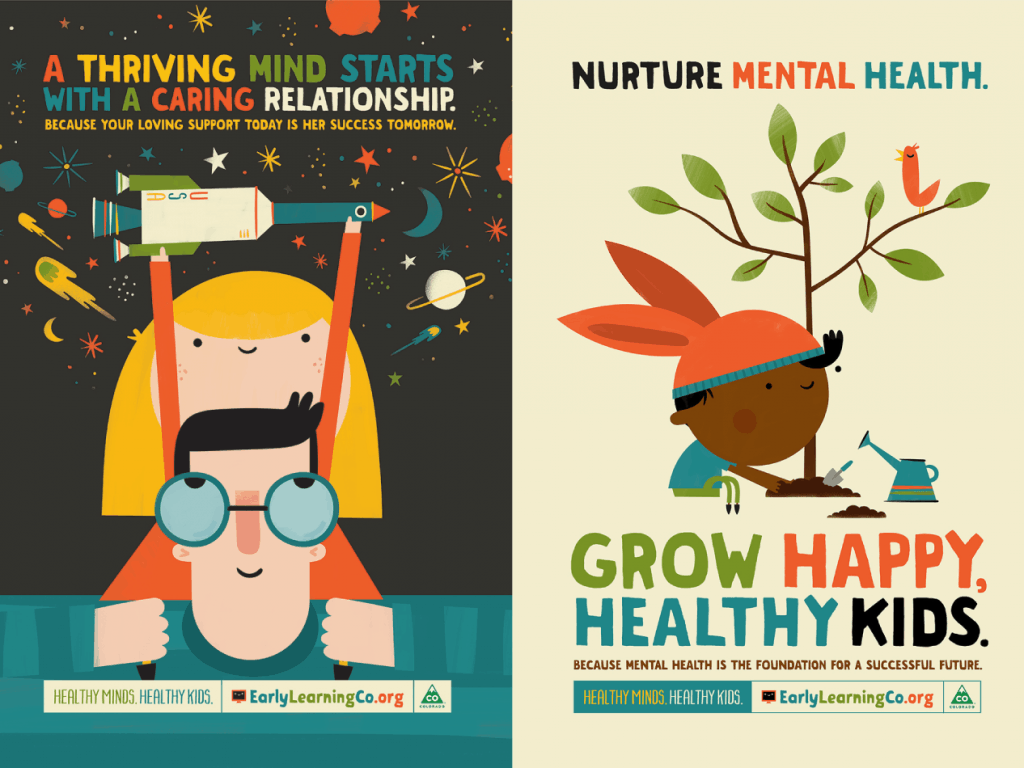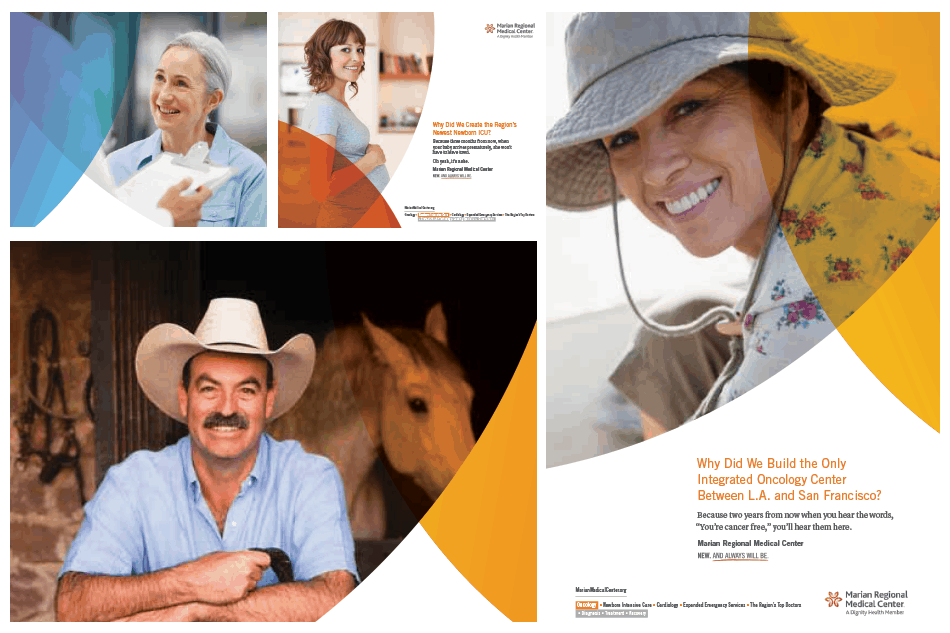I really, really liked Twitter.
Want to know how much?
Since signing up in 2008, I have tweeted 14,000 times.
I also have curated and regularly updated a list of more than 1,000 Colorado media accounts on Twitter.
Beyond the numbers, I have found it a great way to explore ideas, see issues through the eyes of others, debate policy (usually constructively), and monitor the news and reporting in real time.
I hesitate to try to calculate how many hours I’ve spent on Twitter.
SE2 also has spent a lot of money on Twitter — well over $100,000 — specifically to boost tweets for our own content and for our clients. This is the way to break through the algorithm and reach a wider audience.
Elon Musk’s takeover of Twitter has made us rethink all that.
As of this week, we won’t be paying Twitter anymore to boost SE2’s own tweets. This won’t impact our clients’ use of Twitter, or our availability and willingness to support them in getting their messages out through Twitter. That’s a decision they must make based on their own assessments.
Despite Musk’s promises to advertisers and users that he wouldn’t allow it to become a “hellscape”, he quickly and predictably opened the doors to new levels of toxicity.
Musk increasingly has demonstrated a disdain for any sort of accountability and he showed why his approach is so harmful when he amplified a corrosive lie over the weekend. His tweet served as a signal to many who were waiting for tacit permission to perpetuate more hate and lies.
The floodgates opened and a toxic stew poured in.
I don’t want to whitewash Twitter’s legacy; It was constantly teetering on the edge of anarchy well before Musk’s takeover. Now it seems to have fallen off the edge.
It’s ironic that SE2 furthers our positive communications and marketing initiatives by using social media platforms, yet those platforms often undermine our work’s goals.
We acknowledged this when we decided to stop spending money on Facebook a year ago.
We understand our spending amounts to just a drop in the ocean so we encourage others in the communications and marketing sector to consider how they spend their ad dollars and whether it undermines their values.
GM has already paused advertising on Twitter and some high-profile celebrities have walked away from the platform.
What are the alternatives?
LinkedIn has become a much more robust arena for ideas and, because it’s a professional networking site without anonymity, users generally behave themselves.
Feel free to follow SE2 and connect with me over there!
For now, I’ll still keep an eye on Twitter but I’ll consider The Washington Post’s suggestions for alternatives, including spending more time reading long-form news stories, subscribing to insightful newsletters and — gasp! — reading e-books.

About the Author:
Eric Anderson (he/him) began his career as a newspaper reporter in Washington, D.C., Hong Kong, and Denver before co-founding SE2 in 1998. He has helped guide marketing and communications campaigns on some of the era’s most pressing issues, from public health to education to the environment. He lives in Englewood, Colorado with his wife, Amber. Together they have four adult children, two dogs, and one cat.
